Are Solar String Lights Suitable for Year-Round Outdoor Use?
I love the vibe solar string lights bring to a backyard—those twinkling bulbs draped over a patio or wrapped around a tree make any night feel special. But when you’re scrolling through options online, the question pops up: can these things really stay outside all year, through rain, snow, or blistering heat? It’s a legit concern. Nobody wants to climb a ladder every season to take them down or replace a set that couldn’t hack a stormy winter. The truth is, with the right features and a little care, solar string lights can absolutely handle year-round outdoor use. Let’s unpack what makes them durable, how they fare in tough conditions, and how to keep them shining no matter the season.
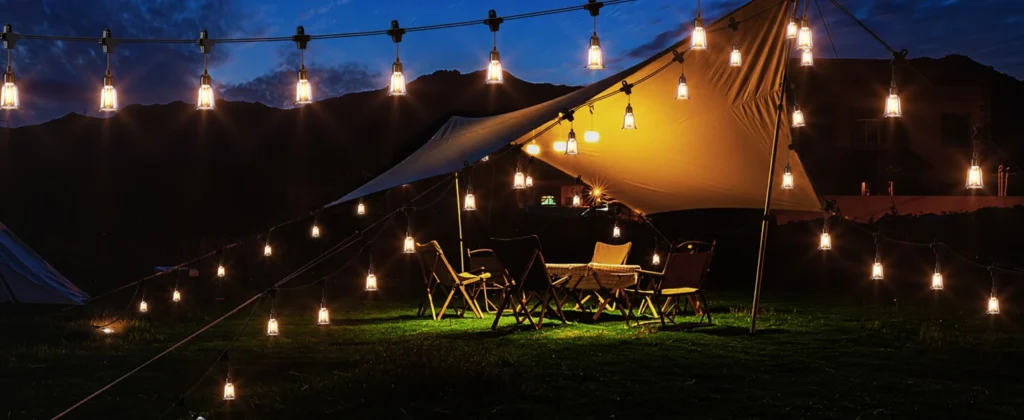
Weatherproofing: What Makes Lights Tough
Not all solar string lights are built to brave the elements. If you’re leaving them up through every season, weatherproofing is non-negotiable. Look for specific features that ensure they won’t fizzle out when the weather turns nasty.
Key weatherproofing must-haves:
- IP65 or Higher Rating: This means dust-tight and resistant to water jets, handling heavy rain or snow. IP44 lights might survive a drizzle but crack under pressure.
- Sealed Connectors: Quality sets, like those from Brightech, have rubber-sealed plugs to keep moisture out, unlike cheap models where water sneaks in.
- Durable Materials: Look for UV-resistant plastic or glass bulbs and copper wiring that won’t corrode. X posts praise brands with these for lasting through humid summers.
I saw a Reddit thread where someone left their IP65 solar string lights up through a Michigan winter, and they still worked come spring. Skimp on these features, and you’re gambling with every storm.
Winter Sunlight: Can They Charge Enough?
Winter’s short days and weak sunlight can be a buzzkill for solar-powered anything. Solar string lights rely on their panels to charge batteries, and limited daylight—especially in cloudy regions—can dim their glow. But good designs work around this.
How they cope with low light:
- Efficient Panels: Monocrystalline solar panels, common in brands like Sunforce, grab up to 23% more energy than polycrystalline ones, even on gray days.
- Battery Capacity: Lights with 3.7V lithium-ion batteries (vs. cheaper NiMH) store enough juice to last 8-10 hours, even with just 4-5 hours of sun.
- Smart Sensors: Auto on/off features save power by activating only at dusk, stretching battery life. Amazon reviews note some sets glowing through December nights.
A neighbor of mine swore their solar string lights stayed bright during Seattle’s gloomy winters, thanks to a high-efficiency panel angled just right. If you’re in a cloudy area, check the panel type and battery specs before buying.
Storage vs. Permanent Setup: What Lasts Longer?
Should you leave solar string lights up year-round or pack them away each season? Permanent setups are convenient, but storage can extend their life. It depends on your climate and how much effort you’re willing to put in.
Comparing the two approaches:
- Permanent Installation:
- Pros: No hassle of taking them down; IP65 models handle most weather. Users on gardening forums report 2-3 years of life with minimal upkeep.
- Cons: Constant exposure to UV, rain, or snow wears batteries and wiring faster, especially in extreme climates like coastal areas.
- Storage During Off-Seasons:
- Pros: Protects from harsh weather, doubling lifespan (3-5 years, per Medium posts). Ideal for cheap lights with lower IP ratings.
- Cons: Time-consuming to remove and reinstall; improper storage (damp garages) can damage batteries.
- Hybrid Option: Take down the solar panel and battery pack in winter, leaving bulbs in place to reduce wear while keeping setup intact.
I’ve left my IP65 string lights up for two years with no issues, but a friend in Florida stores theirs to avoid hurricane season damage. Your call depends on weather and how much you hate ladder work.
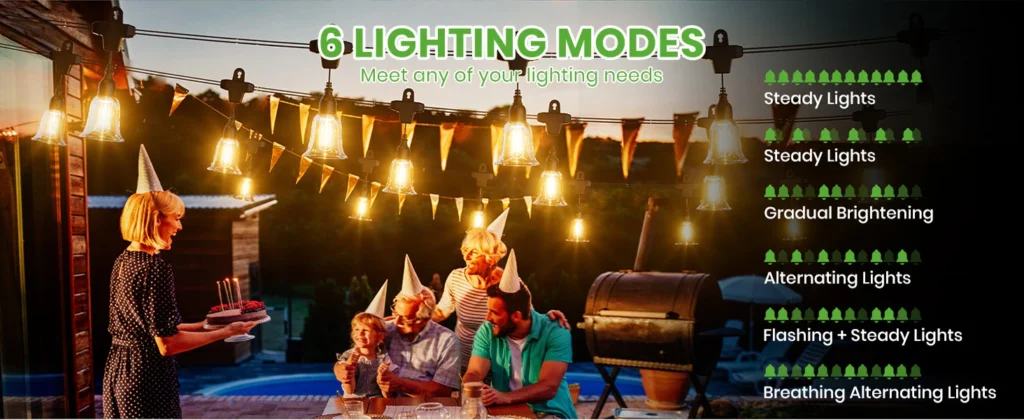
Protecting Lights in Extreme Conditions
Even the toughest solar string lights need a little TLC to thrive through brutal weather. Extreme heat, freezing snow, or high winds can stress any outdoor gear, but a few tricks keep your lights glowing strong.
Tips to shield your lights:
- Secure Mounting: Use sturdy clips or zip ties to anchor strings against wind. Loose lights can snap or tangle, as seen in X complaints about cheap sets.
- Panel Placement: Angle the solar panel for max sun exposure and clean it monthly to remove snow, dust, or pollen that blocks charging.
- Winter Prep: In snowy areas, elevate panels above snowdrifts or use a brush to clear buildup, per Reddit tips. Consider detachable panels for easy indoor charging.
- Heat Protection: In scorching climates, shade the battery compartment to prevent overheating. A Medium user suggested small awnings for desert setups.
- Check Seals: Inspect connectors for wear after storms; reseal with silicone if needed to maintain water resistance.
One gardener I know wraps their light strings around a pergola and checks connections every spring, keeping them flawless through Ohio’s wild weather swings. A little maintenance goes a long way.
Year-Round Shine with the Right Setup
Solar string lights can absolutely light up your outdoor space all year, but it’s all about picking the right ones and giving them a bit of care. Go for IP65-rated sets with sealed connectors and durable materials to handle rain, snow, or heat. Efficient panels and lithium-ion batteries keep them glowing even in winter’s weak sunlight. Leaving them up permanently works if they’re built tough, but storing the panel in extreme seasons can stretch their life. Add some simple maintenance—like securing mounts or cleaning panels—and you’re set for years of hassle-free sparkle. Invest in quality solar string lights, place them smartly, and your backyard will stay magical through every season.

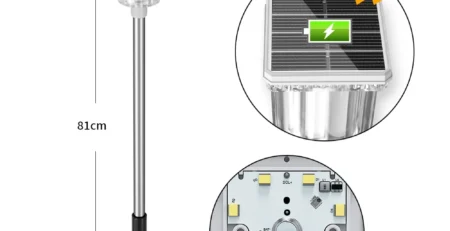
-4-3-450x231.webp)
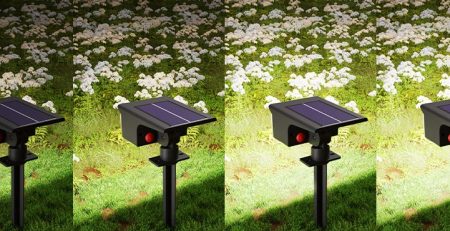
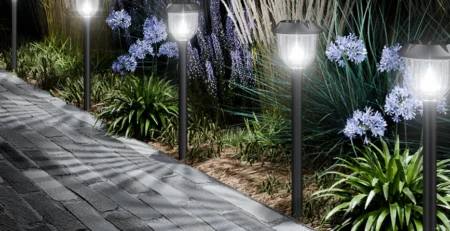
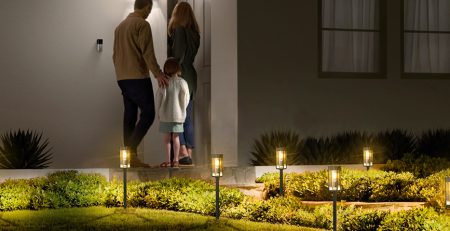
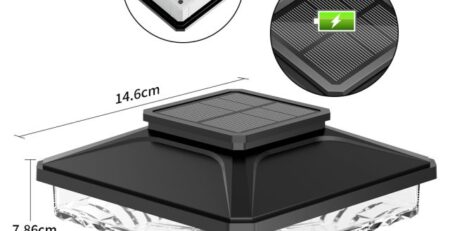
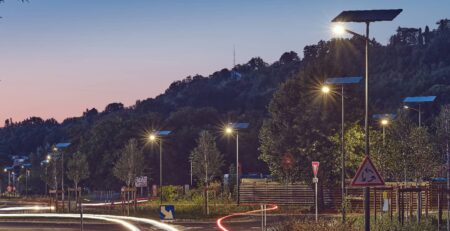
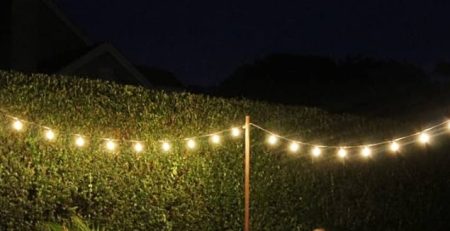
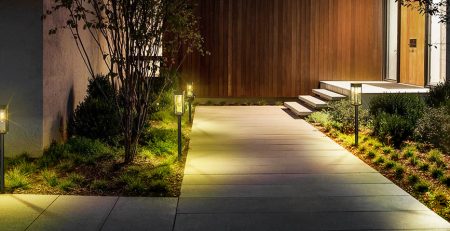
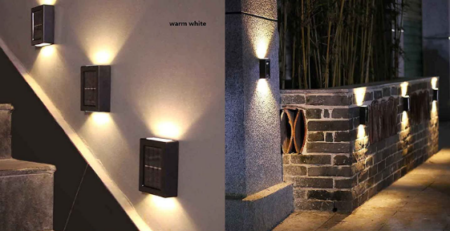
Leave a Reply